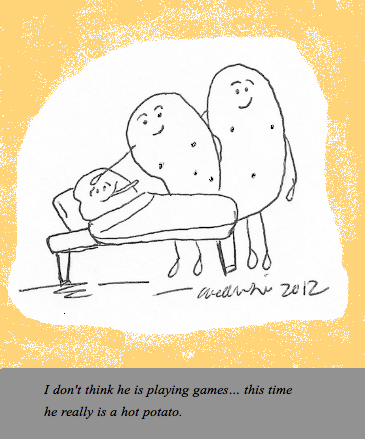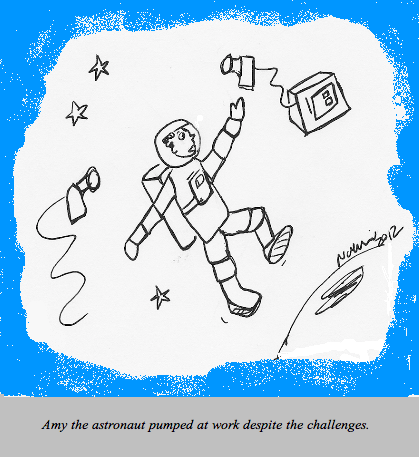 Picture this: you are going back to work after a too-short maternity leave. Briefcase? Check. Lunch? Check. Breast pump? Check. Photo of your baby to put on your pump for inspiration? Check.
Picture this: you are going back to work after a too-short maternity leave. Briefcase? Check. Lunch? Check. Breast pump? Check. Photo of your baby to put on your pump for inspiration? Check.
Many moms ask how to continue breastfeeding when they return to work. Because babies should receive breast milk or formula for at least their first year, here is how you can incorporate breastfeeding into your work routine:
Offer bottles by four weeks of age. Bottles can contain breast milk or formula, but you need to give your baby practice taking milk from a bottle by four weeks old. If you wait much longer, your baby will likely refuse the bottle. Have someone other than yourself give at least one bottle per day or every other day. In this way, your baby learns to accept nutrition from someone else.
Store breast milk using the simple and conservative “rule of twos.” Leave breast milk in a bottle at room temperature for no more than two hours, store breast milk in the refrigerator for no more than two days, and store in the freezer for no more than two months. If your baby has already sucked out of a breast milk bottle, that milk is only good for up to two hours. Remember to write the date on your milk storage bags and use the oldest ones first.
Now select from the following breast feeding menu, understanding that you might start with an earlier option and then change to a later one. The best option is the one that works best for you and your baby.
Option 1: Continue to breast feed at work. This option works for moms who work from home, moms who have child care in their work setting, and moms close enough to dash home to breast feed during the day or who have caregivers willing to drive babies over to work for feedings.
Advantage: no pumping, no buying formula, no bottle washing. Disadvantage: may require some creative scheduling.
Option 2: Breast feed when home and pump and store breast milk at work. The baby gets breast milk in bottles during the work day. This method allows moms to provide exclusively breast milk to their babies. Start pumping after the first morning feeding (or any other feeding that you feel you produce a bit more than your baby needs for that particular feeding) beginning when your baby is around four weeks old. Also pump if your baby happens to sleep through a feeding. Store this milk in two or three ounce amounts in your freezer. You can obtain breast milk freezer bags from lactation consultants and baby stores, or you can store milk in zip lock bags. As you continue to pump after the same feeding each day, your body will produce more milk at that feeding.
Pumping should not take longer than 15 minutes if you’re pumping both breasts at the same time and can take as short as 7-10 minutes. Remember to wash your hands before pumping.
What kind of breast pump should you buy/rent? If you are in it for the long haul, we recommend the higher-end electric double pumps with adjustable suction. Ask the hospital nurses, your midwife, or your obstetrician for names of people who rent or sell pumps in your area.
Once you have some breast milk stored and you are a few days out from returning to work, try pumping during the feedings you will miss while at work. Have someone else feed your baby breast milk bottles for these feedings. Finally, when you return to work, continue to pump at the same schedule and leave the stored breast milk for your child’s caregivers. Consider leaving some formula in case caregivers run out of breast milk. Remind them never to microwave the milk (this kills the antibodies in breast milk as well as creates a potential burn hazard) but rather to thaw the milk by placing in a hot water bath.
This method becomes easier as babies get older. Once babies start solid foods, they breast feed fewer times per day. Somewhere between six to nine months, your baby eats three solid food meals per day and breastfeeds four or five times per 24 hours. Thus, the number of times you need to pump decreases dramatically.
Advantage to this option: breast milk with its germ-fighting antibodies given through the first year and no expense of formula. Disadvantage: having to pump at work.
Option 3: Breast feed before and after work and give your baby formula while you are at work. If you do not pump while at work, your body will not produce milk at these times. If you work full time, then on weekends you might find it easiest on your body to continue your “work time” feeding schedule. If you choose this method, wean your baby from daytime breast feeding over that last week or so before returning to work. Suddenly going a long time without draining your breasts can lead to engorgement, subsequent plugged ducts, and mastitis.
Advantage: baby continues to receive breast milk. No need to pump at work. Disadvantage: you still have to wash bottles and have the added cost of formula.
Option 4: Breast feed until you return to work, then formula feed. Wean over the last week you are home with your baby to avoid engorgement and leaking while at work. Your baby still benefits from even a few weeks of breast milk.
Advantage: No need to incorporate pumping into your work schedule. Baby still gets adequate nutrition. Disadvantage: babies who are in childcare and exposed to many germs miss out on receiving extra antibodies in breast milk. However, weaning your baby off breast milk will not cause illness. Do what works for your family. Another disadvantage: more expensive to buy formula and time-consuming to wash bottles.
Finally, remember that the calorie count and nutritional content of breast milk and formula are the same. So do NOT feel guilty if pumping does not pan out and you and end up giving some formula. Your baby is almost always going to be more efficient than a breast pump and some breasts just don’t produce milk well during pumping sessions. In contrast, some of my patients never got the hang of breast feeding and their moms pumped breast milk and bottle fed them for the entire first year. Dr. Lai and I have each had patients who refused to take a bottle at childcare but just waited patiently for their moms to arrive. These babies got the nutrition they needed by nursing throughout the night. The babies didn’t mind what time of day they ate. Just like many aspects of parenting, sometimes with breast feeding and returning to work, you just have to “go with the flow.”
Julie Kardos, MD with Naline Lai, MD
2015 Two Peds in a Pod®, reposted from 2010

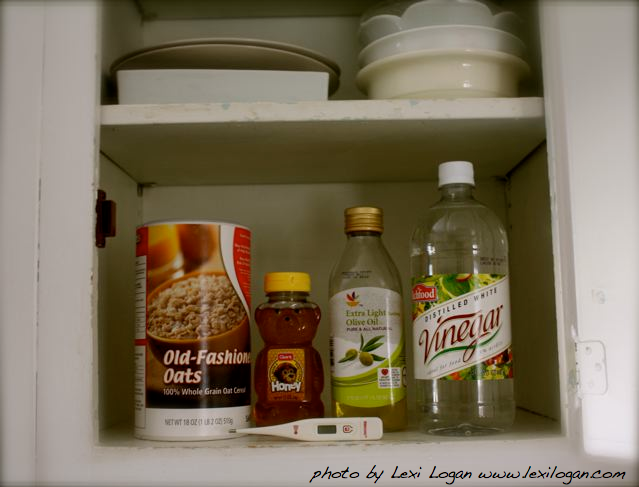



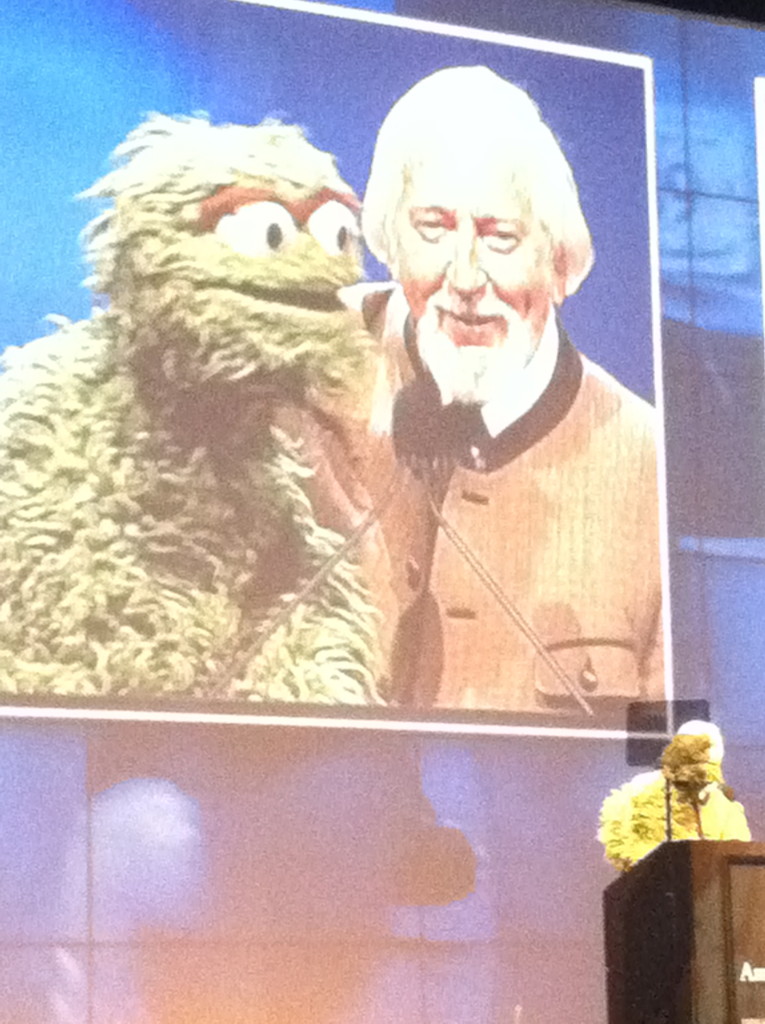
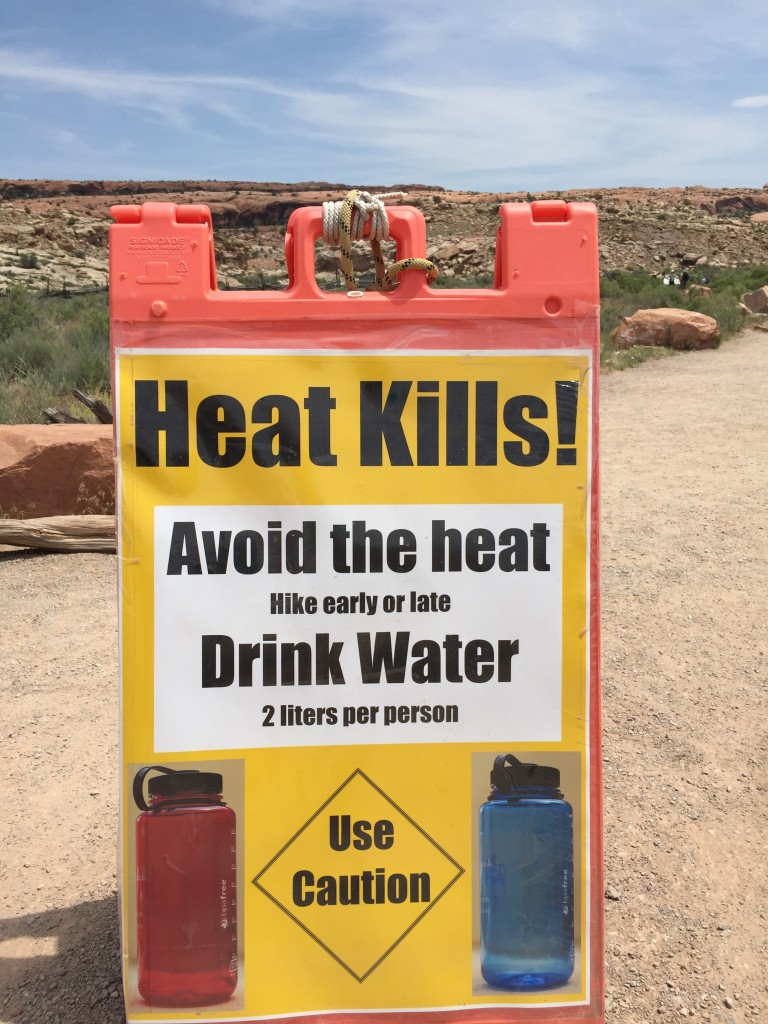

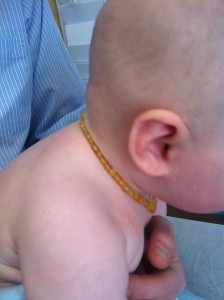
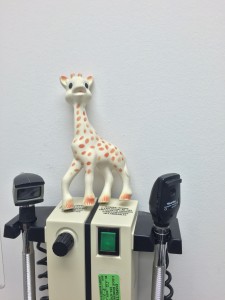
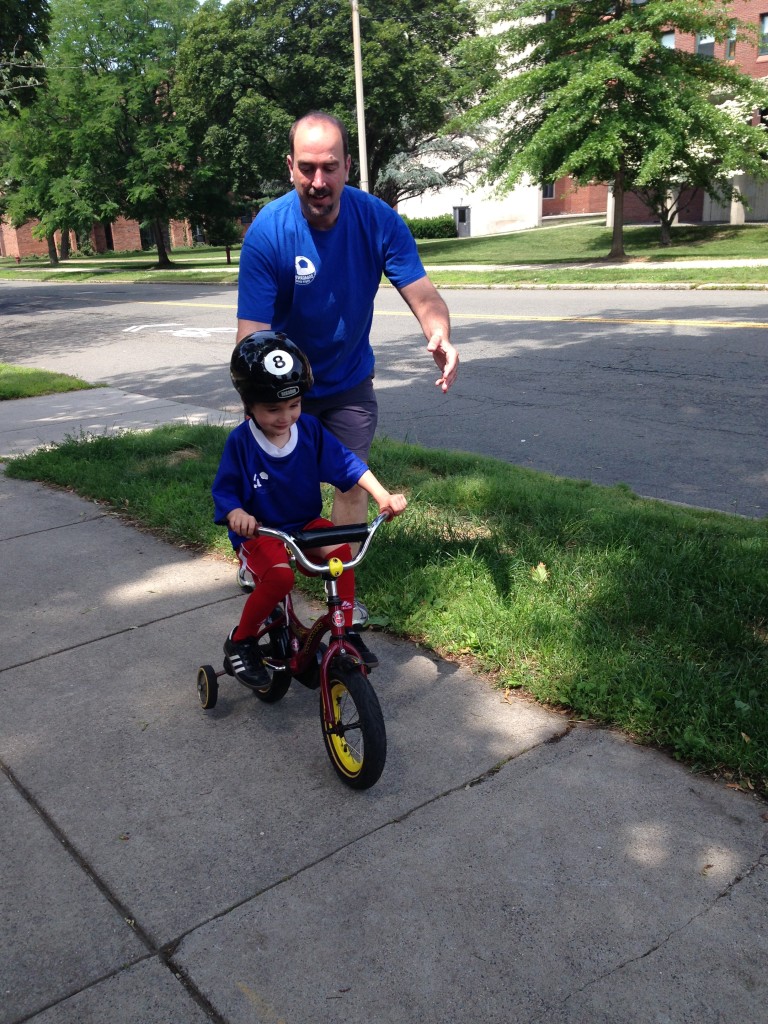

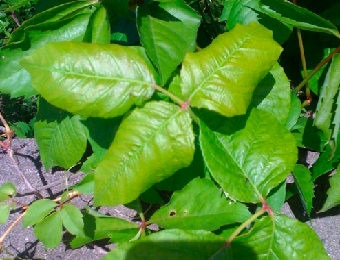 Recently we’ve had a parade of itchy children troop through our office. The culprit: poison ivy.
Recently we’ve had a parade of itchy children troop through our office. The culprit: poison ivy.